Locations
3025 to 3048 of 5444 results
-
The liberation of Friesland
The liberation of Friesland
By 18 April, the whole province of Friesland had been liberated, except for the Wadden Islands. Compared to other provinces, there was little fighting in Friesland. Overall, the few thousand German troops who had been unable to escape from Friesland were defeated by the Canadians relatively quickly.
The commander of the Royal Canadian Dragoons, Lieutenant Colonel Landell, praised the actions of the resistance by stating that "Friesland liberated herself". While that may be a bit of an exaggeration, the actions of the Frisian resistance undoubtedly accelerated the liberation. And reduced the number of casualties on the Allied side.
At least 31 resistance fighters lost their lives in confrontations with German troops and their Dutch accomplices. At least eleven Canadians and one Frenchman were killed on the Allied side. Dozens of civilian victims were also killed in the fighting and shelling. The number of casualties on the German side is not known, but it is believed that the number ran into hundreds. With 320 destroyed and 4000 damaged homes and 80 destroyed bridges, Friesland was materially the least damaged province of the Netherlands.
Many German soldiers fled towards the western part of the country. The retreating German troops gathered mostly in Harlingen, Makkum and Lemmer. From there, they tried to get away by boat across the IJsselmeer or via the Afsluitdijk to North Holland. The Wadden Islands also became a refuge for collaborators and German soldiers. Here, liberation was longer in coming.
On the island of Terschelling, the last German troops were disarmed by a British artillery regiment on 29 May. Two days later, the British crossed from Terschelling to Vlieland, and the liberation of that island was also a fact. Ameland was liberated on 3 June.
Personnel from the infamous Scholtenhuis, the SD headquarters in Groningen, had entrenched themselves on Schiermonnikoog. After their departure on 31 May, there was a celebration on the island, in spite of the six hundred members of the occupying troops who still were there. Only on 11 June did the last German soldiers leave Schiermonnikoog, and then the whole province of Friesland was free.
Most Canadian units that had liberated Friesland continued the battle in Groningen and North Germany after 18 April. Their war ended on 8 May 1945, when the surrender of all German armed forces became effective.
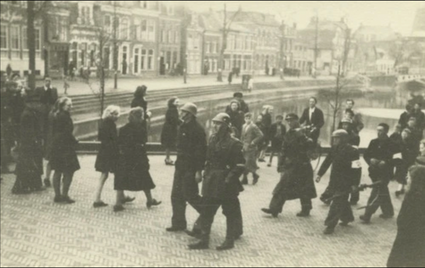 Eanjum
Eanjum
from your location
-
-
ienie mini's bij de theekoepel
ienie mini's bij de theekoepel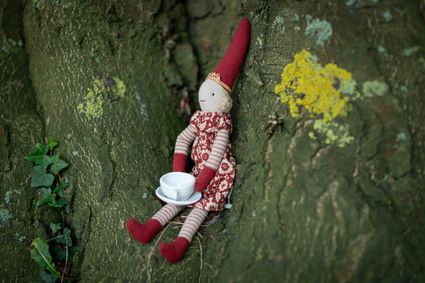 Franeker
Franeker
from your location
-
Zijda Yachting - Lady Bianca
Zijda Yachting - Lady Bianca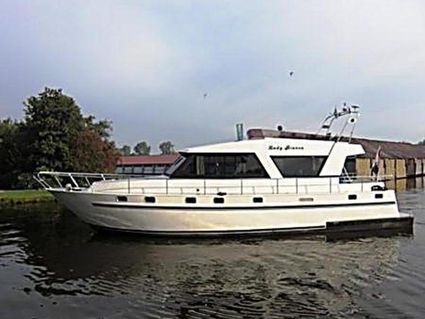 Jirnsum
Jirnsum
Direct boekbaar
from your location
-
Jachthaven Broeresloot
Jachthaven Broeresloot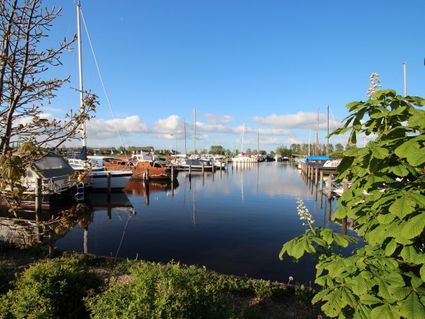 Sneek
Sneek
from your location
-
Aanlegplaats Franeker| Kromme Gracht
Aanlegplaats Franeker| Kromme Gracht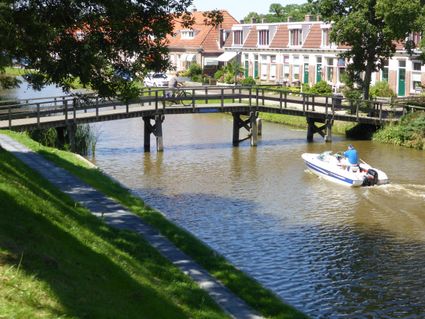 Franeker
Franeker
from your location
-
Hotel de Wijnberg - Comfort plus kamer
Hotel de Wijnberg - Comfort plus kamer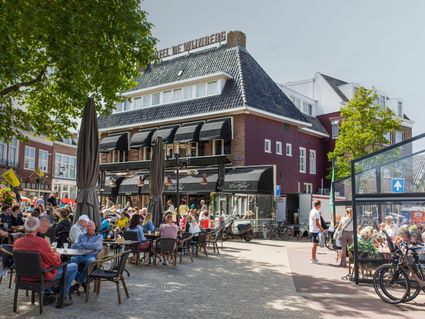 Bolsward
Bolsward
Direct boekbaar
from your location
-
Duende
Duende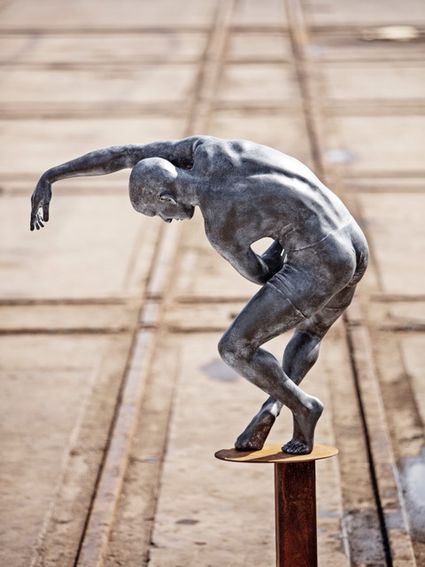 Harlingen
Harlingen
from your location
-
Villa Surf
Villa Surf Ballum
Ballum
from your location
-
It Aude Kolonyhus
It Aude Kolonyhus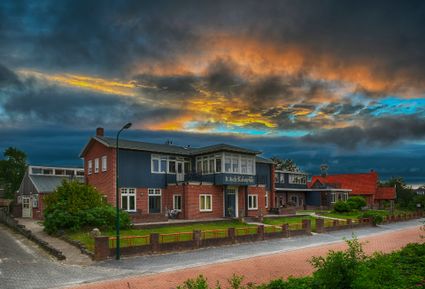 Schiermonnikoog
Schiermonnikoog
from your location
-
Vakantiehuisjes Marsherne - Appartement Pastorie Marsherne
Vakantiehuisjes Marsherne - Appartement Pastorie Marsherne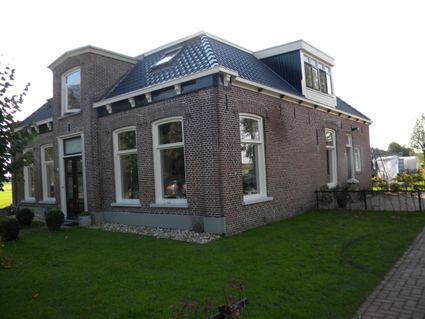 Poppenwier
Poppenwier
Direct boekbaar
from your location
-
Vakantiewoning Sijsje
Vakantiewoning Sijsje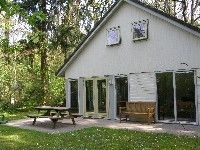 Oudemirdum
Oudemirdum
from your location
-
Kerk Visvliet
Kerk Visvliet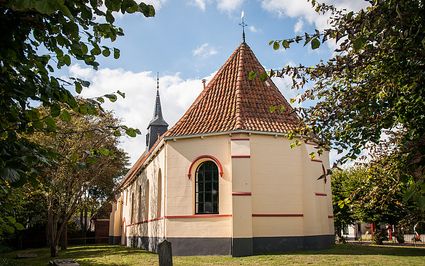 Visvliet
Visvliet
from your location
-
Veerpont Holwerd
Veerpont Holwerd Holwerd
Holwerd
from your location
-
Hotel Workum - Standaard kamer
Hotel Workum - Standaard kamer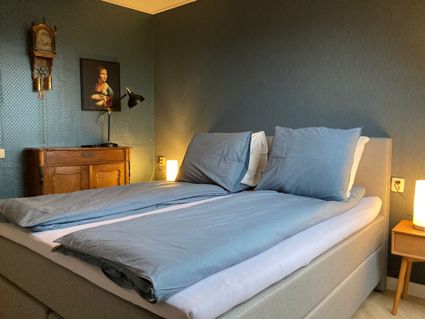 Workum
Workum
Direct boekbaar
from your location
-
Gedicht: Underwrâld | Elske Kampen
-


Accept cookies to see this content.
-


Accept cookies to see this content.
Gedicht: Underwrâld | Elske Kampen
Bekijk hier het gedicht in gebarentaal (NGT)
ÛNDERWRÂLD
moarn draach ik de bernespultsjes,
sjuery foar fersierde weinen, bûn fan jonge
feinten, de man dy’t stroffelet oer de grins
tusken dronken nacht en matinee
de band mei jierren-80-hits, froulju dy’t
as frije fammen út it sicht fan manlju dûnsje
oant stilte ûnferwacht nei middernacht
wreed de betsjoening brekt
ik dimp it roppen, razen, garje glês en
flessen, draach it doarpsfeest trije dagen oant
fantoomfoarm kantich giel neitiid oantsjut
wêr’t op myn fjild de tinte stie
krekt dan wit ik yn my in stille wrâld as
skielk mei kâlde hân winter boppe my it wetter
huverjend ta stilstân set, in souderflier fan
iis oer my hinne leit
fan grien nei brún myn gers rustkje mei yn
rêst, myn oerflak wurdt ta ûnderwrâld, ik my
ta sliepen lis en mins en feest ferjit, troch
myn dream it lûd fan izers sjit Aldtsjerk
Aldtsjerk
from your location
-
-
TIP punt Dekema State Jelsum
TIP punt Dekema State Jelsum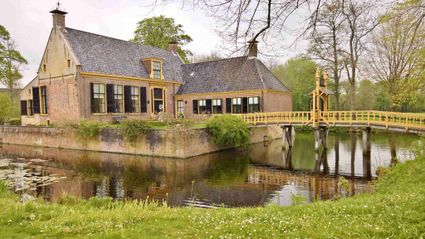 Jelsum
Jelsum
from your location
-
Sint-Benedictuskerk Damwoude
Sint-Benedictuskerk Damwoude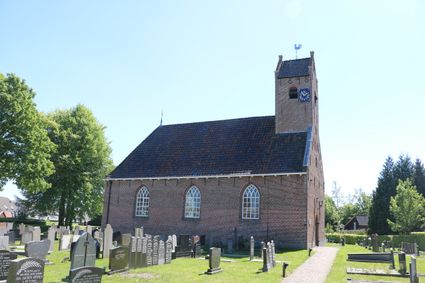 Damwoude
Damwoude
from your location
-
War Memorial Hieslum
War Memorial Hieslum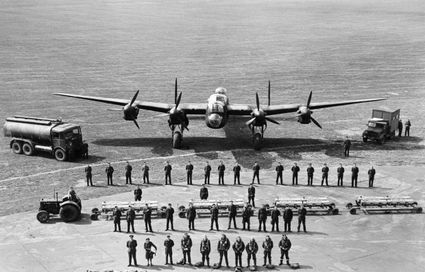 Hieslum
Hieslum
from your location
-
The bombing of Terherne lock
The bombing of Terherne lock
On 11 November 1944, pilots of the Royal Canadian Air Force, based at Welschap airfield near Eindhoven, were ordered to bomb the lock at Terherne in two groups. The reason for the bombardment of Terherne lock was to restrict (German) transport movements. The lock complex was situated on the main shipping route from Germany via Groningen to the Randstad, along which the Germans transported goods and military equipment.
After the railway strike in September had already disrupted rail transport considerably, actions against shipping traffic followed in the months thereafter. The southern part of the country may have been liberated, but fierce battles were still to be fought in the other parts.
Such was the case on that 11th November just after nine o'clock in the morning when the two groups of Hawker Typhoon fighter-bombers took off shortly after each other from Eindhoven for their mission. Around 10:00, the lock at Terherne was bombed from the north for the first time and then again around 10:30.
The consequences were huge for the people living on the lock. The wives of both lock keepers, a one-year-old baby and a German soldier were killed. Also, pilot John Gordon Fraser's aircraft was damaged to such extent that he had to make an emergency landing at St. Johannesga. Although the bombing resulted in the northern passageway being deactivated and no longer usable, the southern passageway remained open and could still be used.
Today, a boathouse for the State yacht of the province of Friesland has been built over the southern passage. A new building, that serves as a guest house for the province, was put up on the site of the lock keeper's house on the south side.
A monument has been erected on the northern pier in memory of those who perished at the lock. This monument was unveiled on 10 November 1985 by Hattum Hoekstra, son of 1st lock keeper Wiemer and Tietje Hoekstra. Since then, the commemoration of the dead in Terherne has always taken place at the old lock, and the children of primary school 'It Kampke' have adopted the monument.
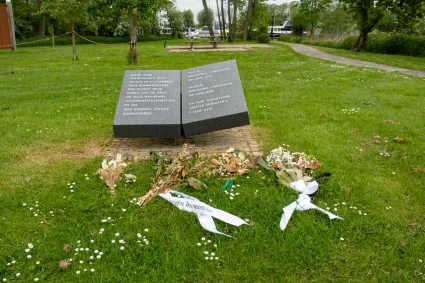 Terherne
Terherne
from your location
-
-
Memorial Torch Graveyard in memory of Jeen Hornstra
Memorial Torch Graveyard in memory of Jeen Hornstra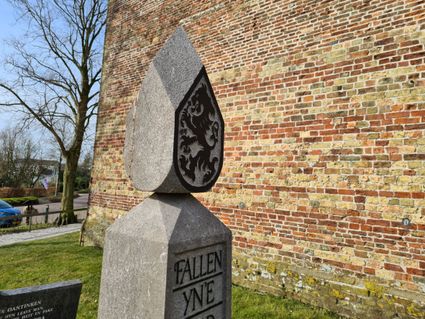 Wijckel
Wijckel
from your location
-
Vogelkijkhut de Rottige Meente
-


Accept cookies to see this content.
Vogelkijkhut de Rottige Meente
 Nijetrijne
Nijetrijne
from your location
-
-
Natuurlijk Kollumeroord Groepsaccommodatie 't Rif
Natuurlijk Kollumeroord Groepsaccommodatie 't Rif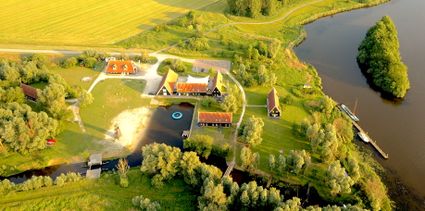 Kollumerpomp
Kollumerpomp
from your location
-
Stal Edda
Stal Edda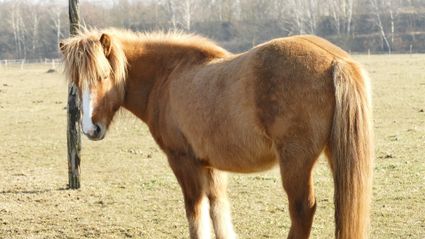 Vlieland
Vlieland
from your location
-
De Heide Recreational Area
De Heide Recreational Area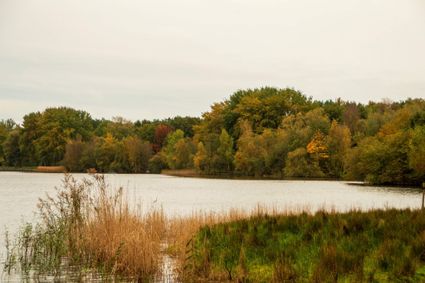 Heerenveen
Heerenveen
from your location

